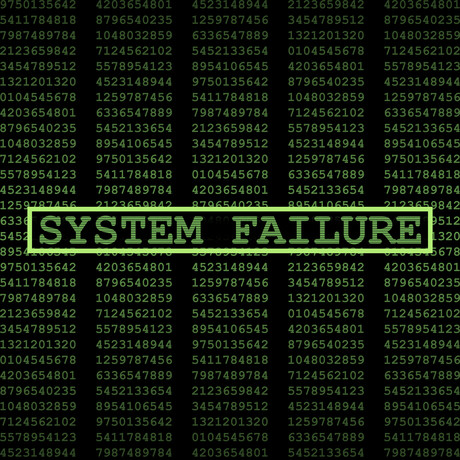Keep out, and stay out!

According to Frost & Sullivan, Asia Pacific’s healthcare IT market is expected to reach $12.6 billion by 2020, as innovations such as telemedicine, remote monitoring and activity trackers are showing their value in enhancing the way healthcare professionals care for their patients.
In Aruba’s new global study, ‘The Internet of Things: Today and Tomorrow ’ (Aruba IoT Research, 2017), 87% of healthcare organisations globally will adopt Internet of Things (IoT) technology by 2019 and 76% believe IoT will transform the industry.
While the transition towards a future healthcare model — one that embraces a technology-driven approach to better meet the demands of patients and staff — is of great benefit, cybersecurity is a top concern. Healthcare organisations not only house personal information and health records, they also store payment details and large amounts of intellectual property.
Cybercriminals today are already armed with an arsenal that ranges from phishing schemes to ransomware. And when deployed through well-planned targeted attacks, whether by breaching confidential systems or attacking websites, these can cause healthcare organisations to come to a standstill — and in the worst scenario, endanger the patient’s wellbeing.
The worldwide healthcare cybersecurity attack that seriously impacted the UK National Health Service earlier this year confirmed just how quickly an entire healthcare system can be brought to a standstill as the result of a cybersecurity attack.
So how can you ensure that your healthcare organisation is safe from the hands of cybercriminals? Here are six cybersecurity treatments that healthcare organisations should prescribe to for safer practices — to ensure optimal operations and patients’ peace of mind.
1. Know what connected devices are up to.
In an environment where patients use mobile devices and healthcare workers track medical processes, having IT know which devices are connected to the network, and what they are used for, helps to sieve out possible loopholes for hackers.
2. Separate Wi-Fi access for patients and families.
As the number of devices connecting to an unsecure network increases, it is important to introduce policies to segment guest traffic from hospital traffic to ensure that data can be accessed by the right people, at the same time exposure to threats is managed.
3. Educate employee digital hygiene.
With the increasing dependence on digital convenience, employees are becoming sloppy with cybersecurity to save a few extra seconds. Prevention is especially good medicine, so perform endpoint health checks to ensure that laptops are fully compliant with internal requirements, and always check for the latest software patches and updates before devices connect.
4. Have a comprehensive approach to cybersecurity.
Accessing patient information on personal or hospital-issued devices is becoming commonplace. Ensure these devices are configured with the appropriate permissions. Simple perimeters such as employee roles, devices, location, application usage and time of the day help manage these connections.
5. Strike partnerships with the experts.
Any outage in technology can potentially lead to fatal consequences. Having partnerships with the right technology companies will go a long way in building a secure, yet comprehensive ecosystem of medical devices and healthcare apps that are always ready for the needs of both patients and staff.
6. Establish a security culture.
With most attacks, a single employee can cause an entire organisational shutdown by giving the attacker access to the database. Make sure that employees are guided on how to recognise suspicious emails, corrupted files, unsecure websites and other red flags. Equipping everybody with best practices and know-how can eliminate many easy avenues of hacking from criminals.
Hospitals are often stressful environments for both patients and healthcare staff. As technology rapidly integrates to transform the healthcare experience into a positive one, the priority for all healthcare institutions will be to ensure the security of devices, critical care applications and patient data through these treatment tips.
In Conversation with Australasian Institute of Digital Health CEO Anja Nikolic
Hospital + Healthcare speaks with Australasian Institute of Digital Health CEO Anja...
Cutting-edge digital health tools putting plastic, silicon and steel to the sword
The Australian Digital Health Agency's Chief Digital Officer sets out some sustainable...
How are AI models approved for use in health care?
Hospital + Healthcare speaks with the Therapeutic Goods Administration to...

![[New Zealand] Transform from Security Awareness to a Security Culture: A Vital Shift for SMB Healthcare — Webinar](https://d1v1e13ebw3o15.cloudfront.net/data/89856/wfmedia_thumb/..jpg)
![[Australia] Transform from Security Awareness to a Security Culture: A Vital Shift for SMB Healthcare — Webinar](https://d1v1e13ebw3o15.cloudfront.net/data/89855/wfmedia_thumb/..jpg)




